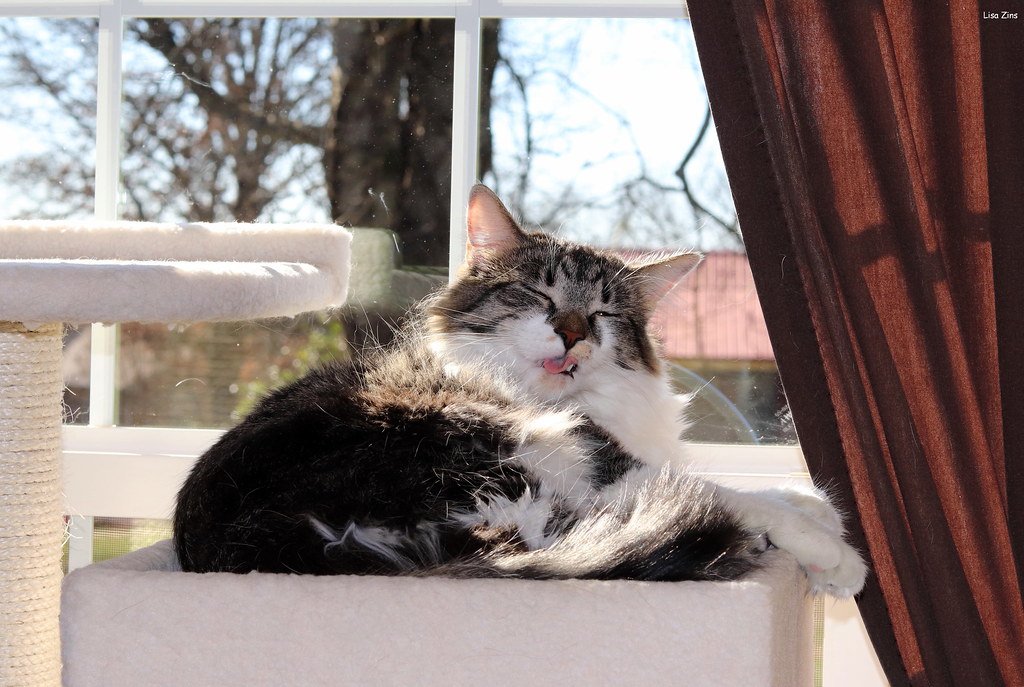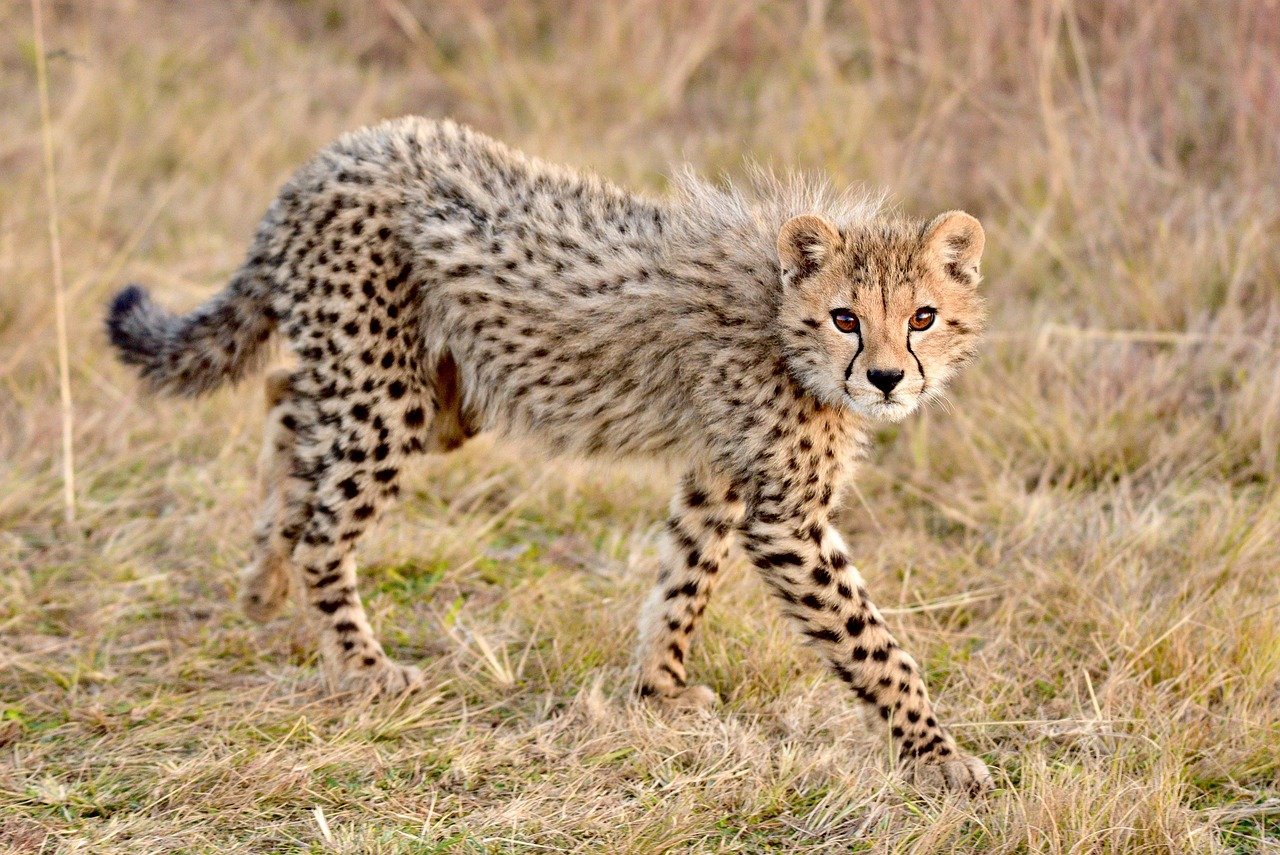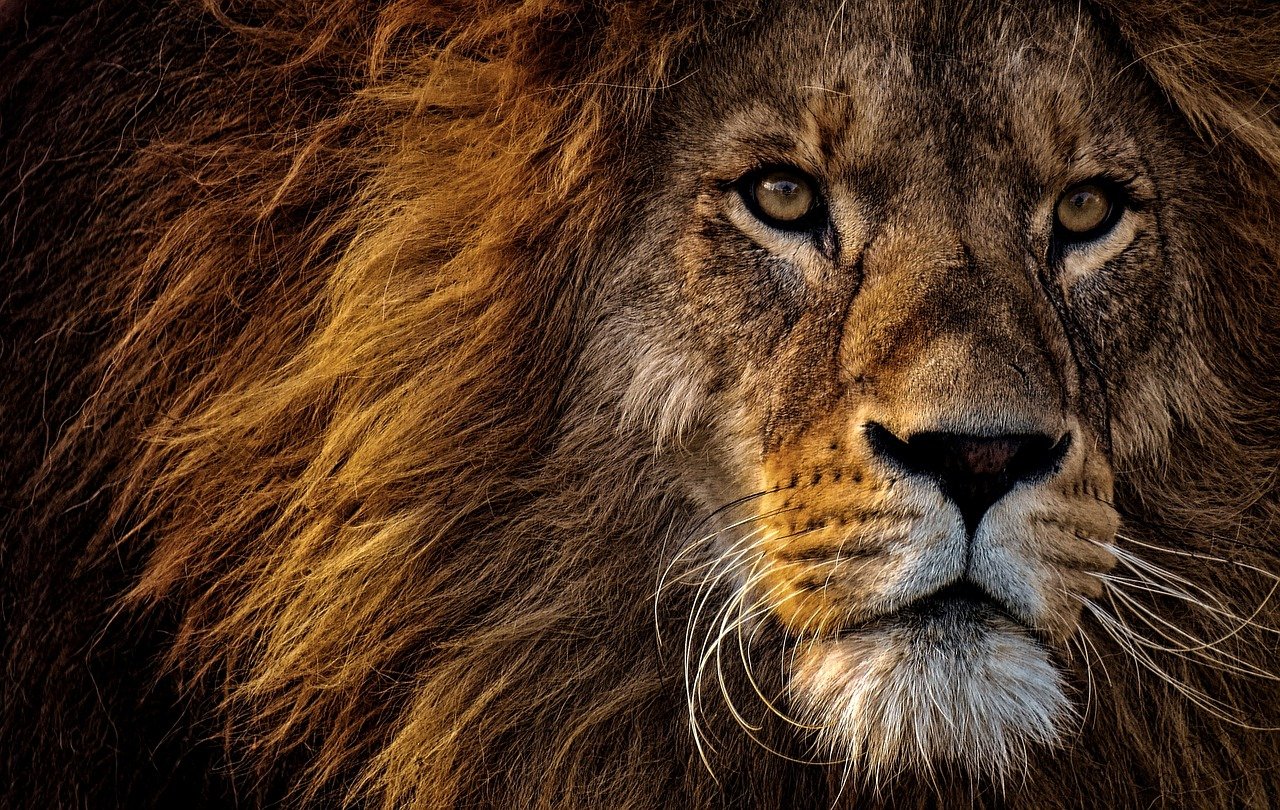The Legendary Saber-Tooth That Ruled Ancient America

Picture this: a massive feline predator with canine teeth so long they protruded from its mouth like curved daggers, stalking through grasslands that stretched endlessly toward the horizon. This wasn’t just any prehistoric cat—this was Smilodon, the dirk-toothed terror that dominated North and South America for millions of years. While most people call them “saber-toothed tigers,” these magnificent hunters weren’t tigers at all, but rather specialized killing machines perfectly adapted for their brutal lifestyle.
The very mention of these ancient predators conjures images of raw power and primal fear. These weren’t your typical house cats gone wild—they were apex predators that could take down prey many times their size with surgical precision. Their story reads like something from a monster movie, except it’s all terrifyingly real.
Massive Muscular Build That Dwarfed Modern Lions

Standing face-to-face with a Smilodon would have been absolutely terrifying. These prehistoric powerhouses weighed up to 880 pounds—nearly twice the weight of today’s largest lions. Their bodies were built like living tanks, with incredibly thick, muscular limbs that could deliver bone-crushing force. The sheer bulk of these animals made them look more like bears than cats, with stocky proportions that emphasized raw strength over speed.
What made them even more intimidating was their compact, robust frame. Unlike the sleek, streamlined bodies of modern big cats, Smilodon had a chunky, almost bulldozer-like appearance. Their massive shoulders and powerful hindquarters were perfectly designed for wrestling down enormous prey that would have laughed at smaller predators.
Iconic Saber Teeth That Measured Seven Inches Long

The most striking feature of these ancient hunters was undoubtedly their enormous canine teeth, which could grow up to seven inches in length. These weren’t just oversized fangs—they were precision instruments of death, curved like scimitars and sharp as surgical blades. The teeth were so prominent that they extended well beyond the cat’s lower jaw, creating that distinctive “saber-tooth” profile that has captivated imaginations for generations.
But here’s the shocking part: these impressive weapons were actually quite fragile. The teeth were relatively thin and could break if the cat bit down on bone or struggled too much with prey. This meant that Smilodon had to be incredibly strategic about how they used their most famous feature, making every strike count.
Specialized Hunting Technique Unlike Any Modern Cat

Forget everything you think you know about how big cats hunt. Smilodon employed a killing method so unique that nothing alive today comes close to matching it. Rather than biting and holding onto prey like modern lions or tigers, these prehistoric predators used their saber teeth like precision surgical instruments. They would pin down their victim with their massive forepaws, then deliver a single, devastating bite to the throat or belly.
The attack was swift and brutal—a calculated strike designed to sever major blood vessels or puncture vital organs. Once the fatal blow was delivered, the cat would simply wait for the prey to weaken from blood loss. This technique required incredible strength and coordination, making Smilodon one of the most specialized hunters in evolutionary history.
Bone-Crushing Jaw Muscles That Generated Tremendous Power

The skull of Smilodon tells a story of devastating power. These cats possessed jaw muscles that were proportionally much stronger than those of modern big cats, capable of generating bite forces that could crush bone. The skull itself was reinforced with thick bone ridges and expanded muscle attachment points, creating a framework that could withstand the enormous stresses of their hunting style.
What’s particularly fascinating is how their entire head was redesigned around their massive canine teeth. The skull was deeper and more robust than modern cats, with a wider gape that allowed the mouth to open an incredible 120 degrees—nearly twice as wide as a modern lion can manage.
Pack Hunting Behavior That Terrorized Prehistoric Prey

Recent fossil evidence suggests that Smilodon may have been one of the first big cats to hunt in coordinated groups, much like modern wolves or lions. This social behavior would have made them even more formidable predators, capable of taking down massive prey that no single cat could handle alone. Imagine a pack of these saber-toothed giants working together to bring down a woolly mammoth or giant ground sloth.
The idea of cooperative hunting among these already terrifying predators adds another layer to their fearsome reputation. A lone Smilodon was dangerous enough, but a coordinated pack would have been absolutely unstoppable on the prehistoric plains.
Preferred Prey That Included Massive Megafauna

Smilodon didn’t waste time chasing small game—they went after the giants of their world. Their preferred targets included massive creatures like giant ground sloths, cave bears, woolly mammoths, and other megafauna that roamed the Americas during the Pleistocene epoch. These weren’t quick, agile prey animals but rather slow-moving giants that relied on size and strength for protection.
The cat’s hunting strategy was perfectly adapted for these massive, thick-skinned prey animals. Their saber teeth could penetrate the tough hides and thick layers of fat that protected these ancient giants, reaching vital organs that smaller predators couldn’t access. It was a deadly game of prehistoric proportions.
Geographic Range That Spanned Two Continents

From the tar pits of California to the grasslands of Argentina, Smilodon fossils have been discovered across a vast geographic range that covered most of North and South America. This widespread distribution suggests that these adaptable predators thrived in diverse environments, from dense forests to open plains. The most famous discovery site is the La Brea Tar Pits in Los Angeles, where thousands of Smilodon fossils have been preserved in asphalt deposits.
The fact that these cats successfully colonized such a massive territory speaks to their incredible adaptability and hunting prowess. They weren’t just regional specialists but rather continental dominators that could thrive wherever large prey existed.
Three Distinct Species With Different Specializations

Not all saber-toothed cats were created equal. Scientists have identified three distinct species of Smilodon, each with their own unique characteristics and hunting specializations. Smilodon gracilis was the smallest and most agile, built for chasing down medium-sized prey. Smilodon fatalis was the classic “saber-tooth” that most people picture, perfectly balanced between size and hunting ability.
The true monster of the group was Smilodon populator, the largest of all saber-toothed cats. This South American giant was an absolute behemoth, with some individuals reaching weights that would have rivaled modern polar bears. Each species represented a different evolutionary solution to the challenge of being a large predator in prehistoric America.
Extinction Mystery That Still Puzzles Scientists

Around 10,000 years ago, these magnificent predators simply vanished from the fossil record, leaving behind only their bones and our imagination. The extinction of Smilodon coincided with the end of the last Ice Age and the arrival of human hunters in the Americas, but the exact cause remains hotly debated among scientists. Some theories suggest climate change eliminated their preferred prey, while others point to human hunting pressure.
What makes their disappearance even more mysterious is how successful they had been for millions of years. These weren’t struggling species on the brink of extinction—they were dominant predators that had thrived across two continents. Their sudden disappearance represents one of the great mysteries of paleontology.
Modern Descendants That Carry Ancient Genes

While true saber-toothed cats are extinct, their genetic legacy lives on in unexpected ways. Modern big cats, particularly lions and tigers, share common ancestors with Smilodon and carry some of the same genetic adaptations for large-prey hunting. Recent DNA analysis has revealed that the evolutionary split between saber-toothed cats and modern felines occurred much more recently than previously thought.
Even more fascinating is the discovery that some modern cats still carry dormant genes that, under the right evolutionary pressure, could theoretically lead to the development of enlarged canine teeth. Evolution rarely completely discards successful adaptations—it just puts them on hold until they’re needed again.
Fossil Evidence That Rewrites Prehistoric History

Every new Smilodon fossil discovery adds another piece to the puzzle of prehistoric life, and recent finds have dramatically changed our understanding of these ancient predators. Advanced imaging techniques have revealed details about their soft tissue anatomy, hunting behavior, and social structure that were previously impossible to determine. Some fossils even show evidence of injuries that healed, suggesting these cats could survive serious wounds and continue hunting.
The most exciting discoveries involve fossilized footprints and trackways that show Smilodon in action, providing direct evidence of their hunting behavior and movement patterns. These trace fossils offer a window into the daily lives of these prehistoric predators that skeletal remains alone could never provide.
Cultural Impact That Transcends Time

Few prehistoric animals have captured the public imagination quite like the saber-toothed cat. From museum displays to blockbuster movies, these ancient predators have become icons of prehistoric power and majesty. Their distinctive silhouette is instantly recognizable, and their story continues to fascinate new generations of fossil enthusiasts and casual observers alike.
The cultural legacy of Smilodon extends far beyond paleontology, influencing everything from sports team mascots to video game characters. They represent a time when giants walked the earth, when nature was wilder and more dangerous than anything we can imagine today. In many ways, they embody our fascination with the savage beauty of the natural world.
Conclusion: Legacy of the Ultimate Prehistoric Predator

The story of Smilodon reminds us that our planet has hosted some truly extraordinary creatures throughout its long history. These weren’t just oversized versions of modern cats—they were highly specialized predators that evolved unique solutions to the challenges of their time. Their massive size, distinctive teeth, and sophisticated hunting strategies made them one of the most successful large predators in mammalian history.
Today, as we face our own environmental challenges and witness the decline of modern big cats, the tale of Smilodon serves as both inspiration and warning. These magnificent predators dominated their world for millions of years, yet they couldn’t survive the rapid changes that marked the end of the Pleistocene epoch. What lessons might their story hold for the conservation of today’s threatened felines?
Hi, I’m Bola, a passionate writer and creative strategist with a knack for crafting compelling content that educates, inspires, and connects. Over the years, I’ve honed my skills across various writing fields, including content creation, copywriting, online course development, and video scriptwriting.
When I’m not at my desk, you’ll find me exploring new ideas, reading books, or brainstorming creative ways to solve challenges. I believe that words have the power to transform, and I’m here to help you leverage that power for success.
Thanks for stopping by, Keep coming to this website to checkout new articles form me. You’d always love it!






